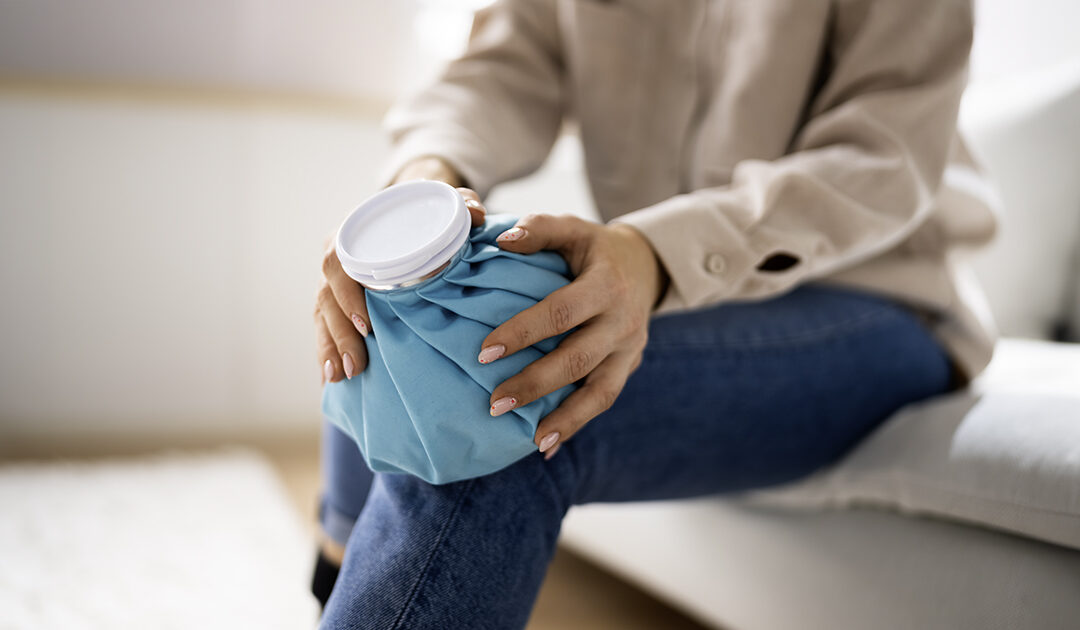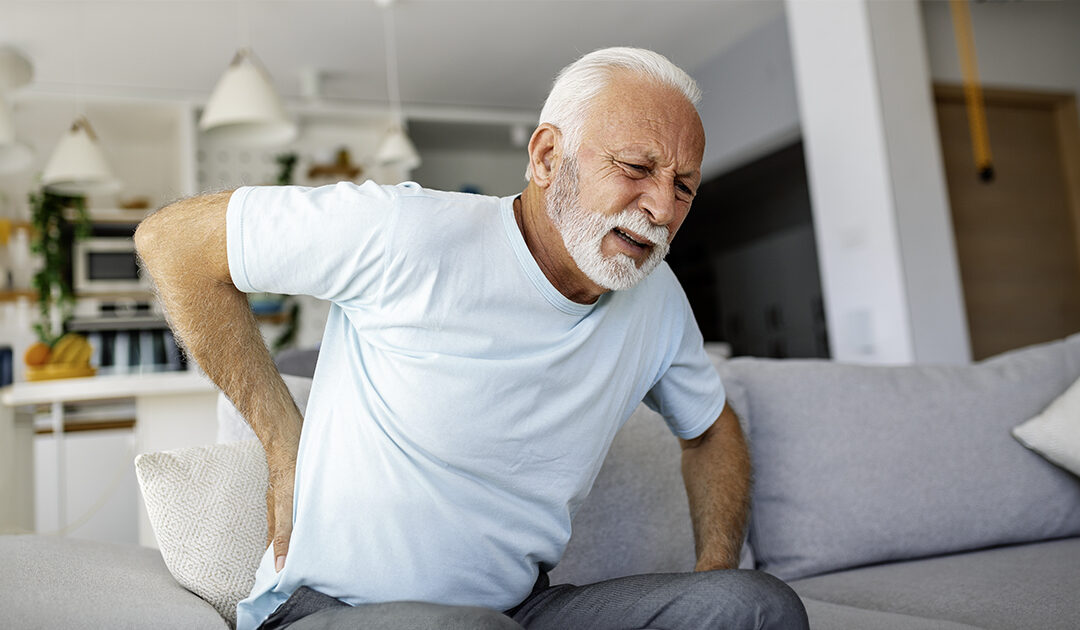
by Comprehensive Orthopaedics | Feb 12, 2024 | Wellness
Both hot and cold therapy can relieve pain and stiffness. But which one is right for you? Whether it’s during an intense workout or just some yard work, there’s no doubt you’ll suffer from aches and pains at some point. It’s perfectly normal and usually nothing to...

by Comprehensive Orthopaedics | Nov 20, 2023 | pain, Spine, Wellness
“Oh, my aching back!” Everyone has uttered these words at some point, in response to the sharp, sudden pain that comes with back spasms. This article will explore the causes of back spasms, their symptoms and, most importantly, effective treatments....

by Comprehensive Orthopaedics | Jun 26, 2023 | pain, Spine, surgery, Wellness
If you have had a sharp pain shooting down one leg, you may be experiencing a condition called sciatica. Here is what you need to know about sciatica, including what it is, its causes, symptoms and treatments. Plus, learn about medications, self-care and stretches...

by Comprehensive Orthopaedics | Apr 13, 2023 | Wellness
Nearly one-third of older people fall each year, most of them in their own homes. But it’s possible to reduce those numbers by a quarter, according to a new study. Five steps can cut the risk of falls by 26%, the researchers reported in the March 10 issue of...

by Comprehensive Orthopaedics | Mar 1, 2023 | Wellness
People who have sleep apnea may have another issue to worry about — weaker bones and teeth. Known as low bone-mineral density, the condition is an indicator of osteoporosis and can increase the risk of fractures and cause teeth to become loose and dental implants to...

by Comprehensive Orthopaedics | Jan 17, 2023 | Anti-aging, Wellness
Indoor cycling is a great workout. But it can cause aches and pains if you’re not positioned on the bike correctly. Follow these tips to stay safe while cycling! Indoor cycling has skyrocketed in popularity, and it’s not hard to see why. During the pandemic, people...






